Kurt Friedrich
My astrophotography efforts starting back in 2003 with fairly primitive equipment up to the present.
Adjust your monitor's constrast and brightness so that you can see all 17 shades.

Star Clusters
M45 Pleiads
Oct 13 2010 AT80LE 19 frames at ISO 1600 for 4 min at 51 deg with 12 darks Canon T1iunguided
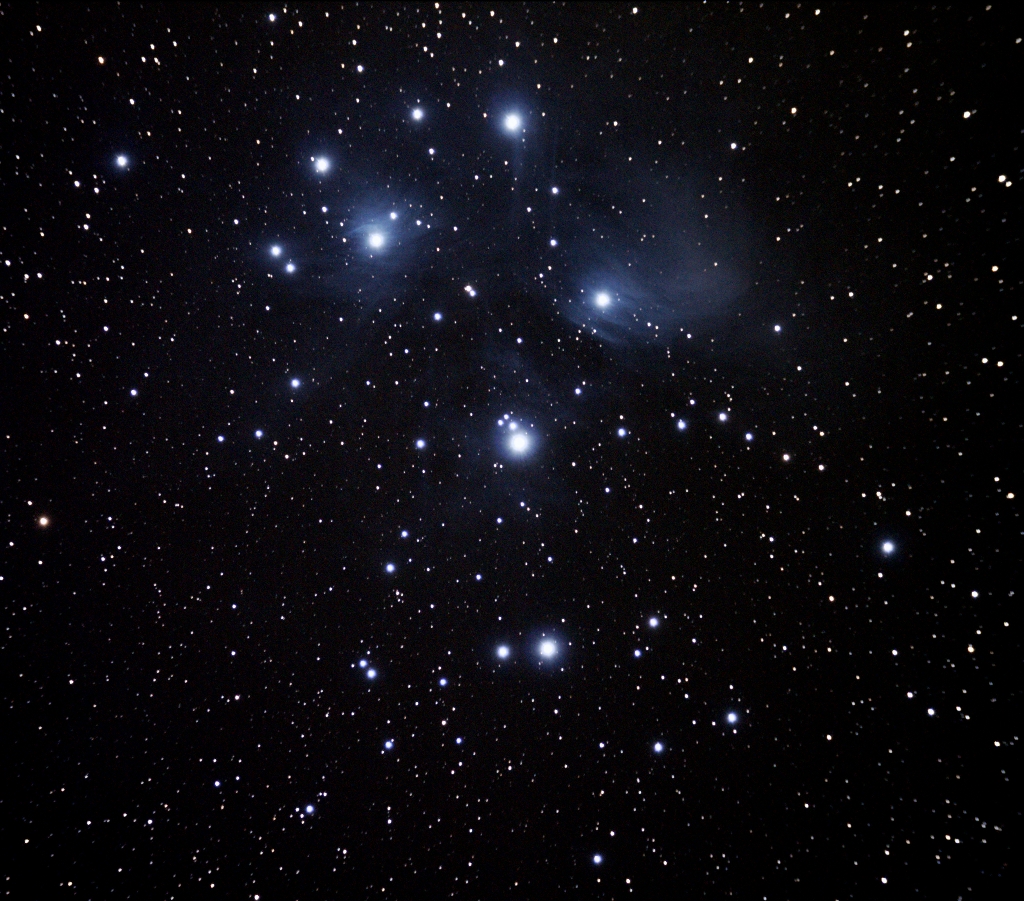
M13 Globular Cluster
July 10 08_AP140 F7.5 12x2min 10 darks Canon 350modUsed auto guide to polar align, but then shots were unguided
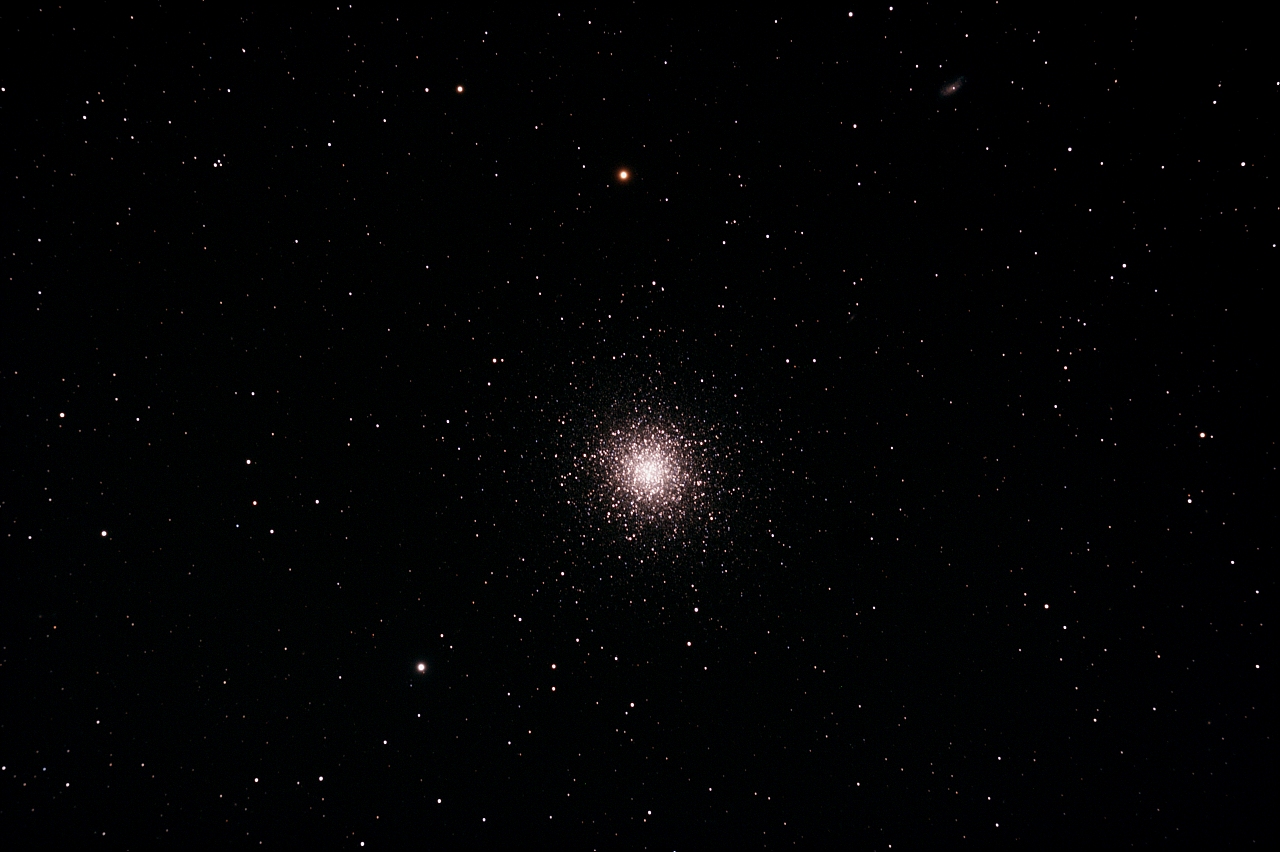
M13 Globular Cluster
June 27 08_AP140 F7.5 3x2.5min 10 darks Canon 350mod (Poor autoguiding reduced image quality)Separation of SAO 65508 (at 12 o'clock) and SAO 65481 (at 7 o'clock) is 30'23",
so the 350 thru the AP140 gives about 48' x 72' of coverage, or 64' x 96' with the .75 telecompressor.
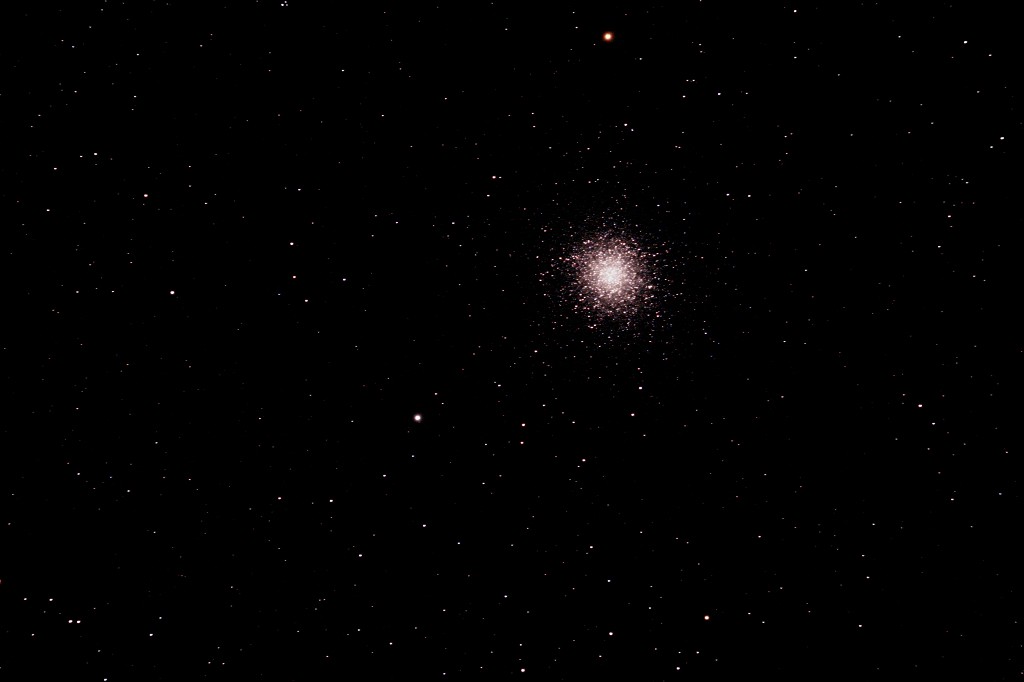
M3 Globular Cluster
May 4, 06 AP130 F/8 Nikon CP4500 WO 24mm 15 x 2min ISO200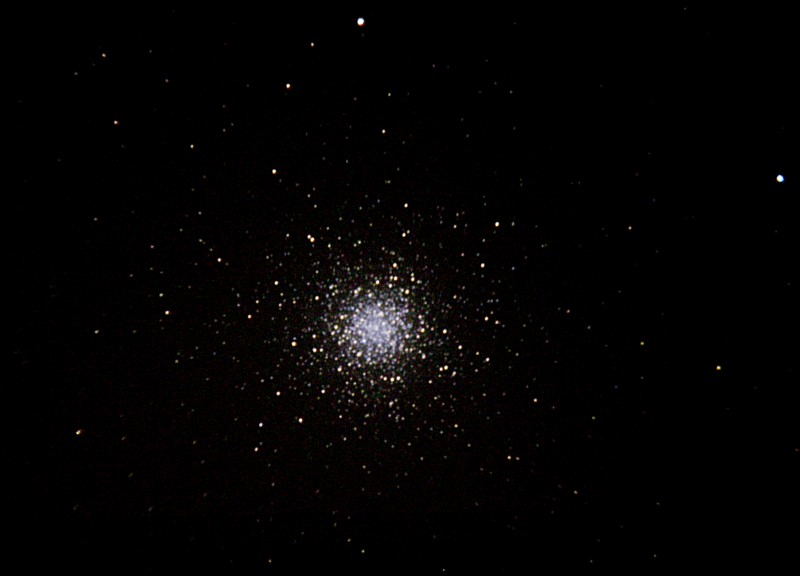
M2 Globular Cluster
Aug 31, 2005 AP130 at f/8 6x160sec ISO200 CP4500 14mm eyepiece CP4500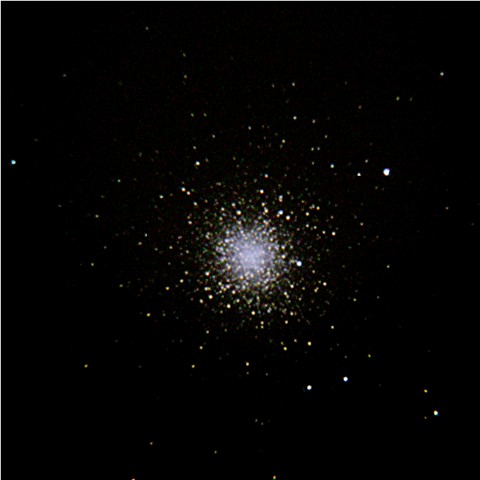
M15 Globular Cluster
Aug 3, 2005 AP130 at f/8 TV 4x Powermate Canon 10d 46x60sec ISO1600
M11 Wild Duck Cluster
July 13, 2005 AP130 at f/8 Canon 10d 11x120sec ISO1600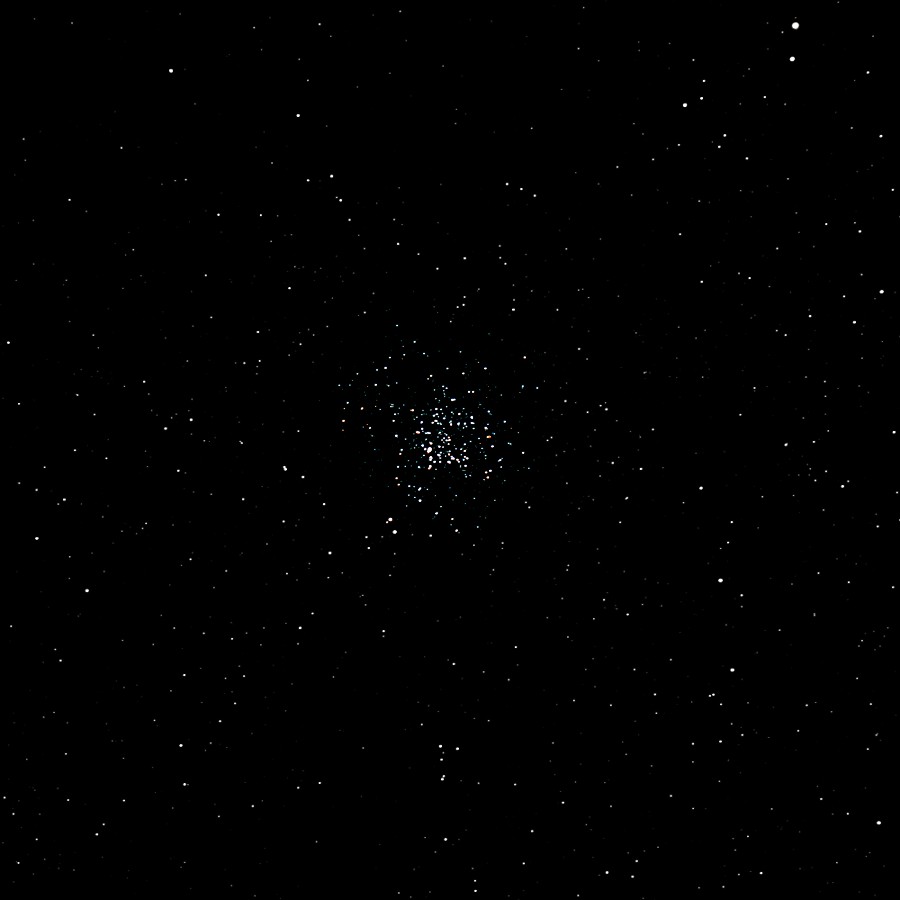
Double Cluster NGC869-NGC884
Nov 27, 2004 WO 80mm Fluorite 6x60+9x120sec ISO800 Canon 10d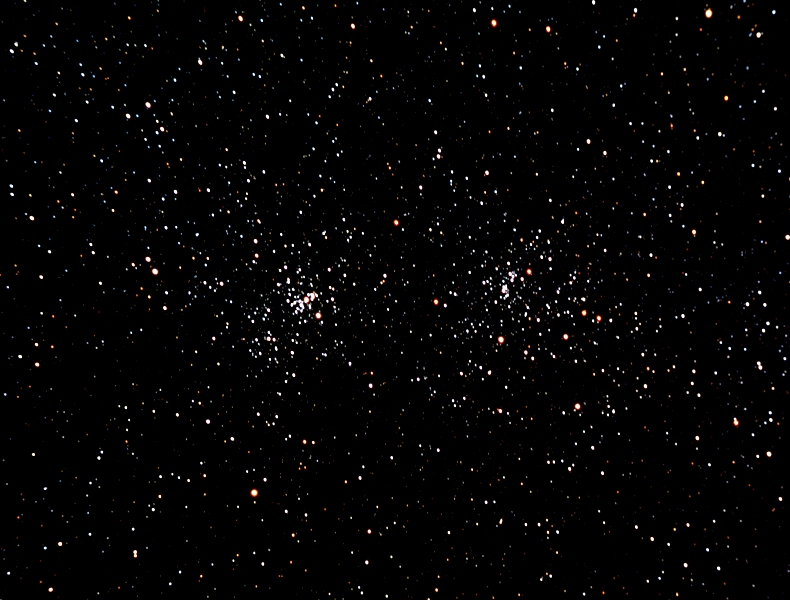
M39 open cluster in Cygnus
Jul 16, 2017 AP140 6x120sec ISO1600 Canon Rebel SL1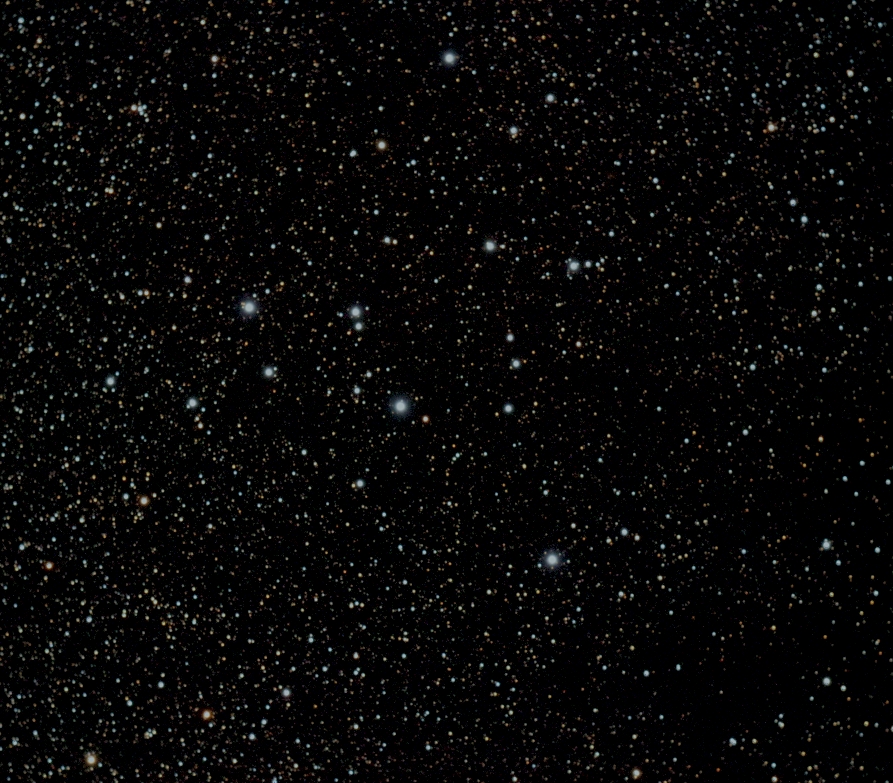
M37 open cluster in Auriga
Feb 10, 2004 AP130 at f/6 Canon 10d ?x120sec ISO800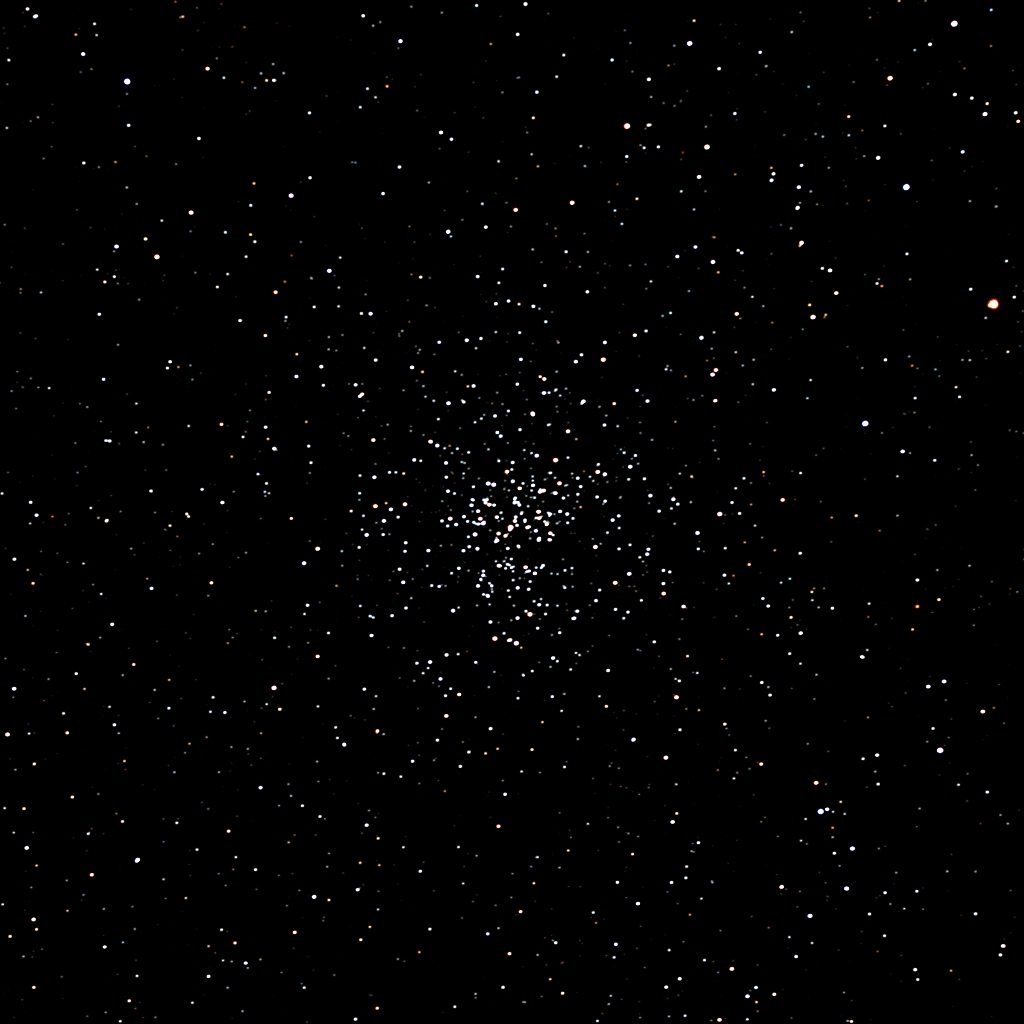
Constellation Orion
Jan 21, 2004 Piggybacked on Questar - Max zoom - CP4500 60seconds ISO400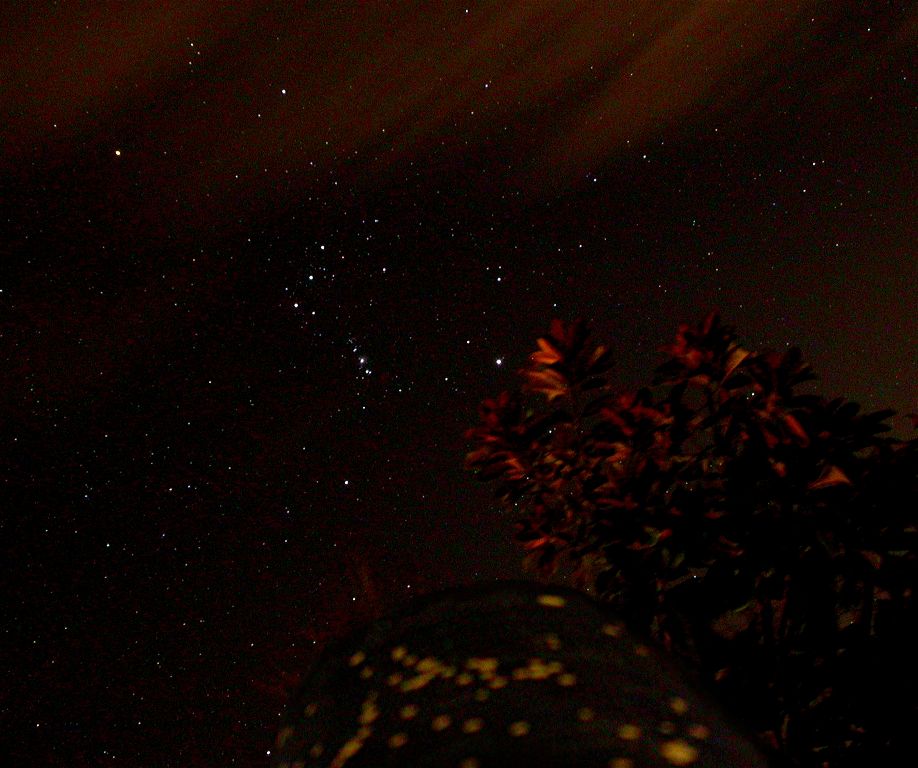
M45 Pleiads
Jan 03, 2005 WO 80mm Fluorite TV .8 reducer f/4.8 Canon 10D 12x240sec ISO800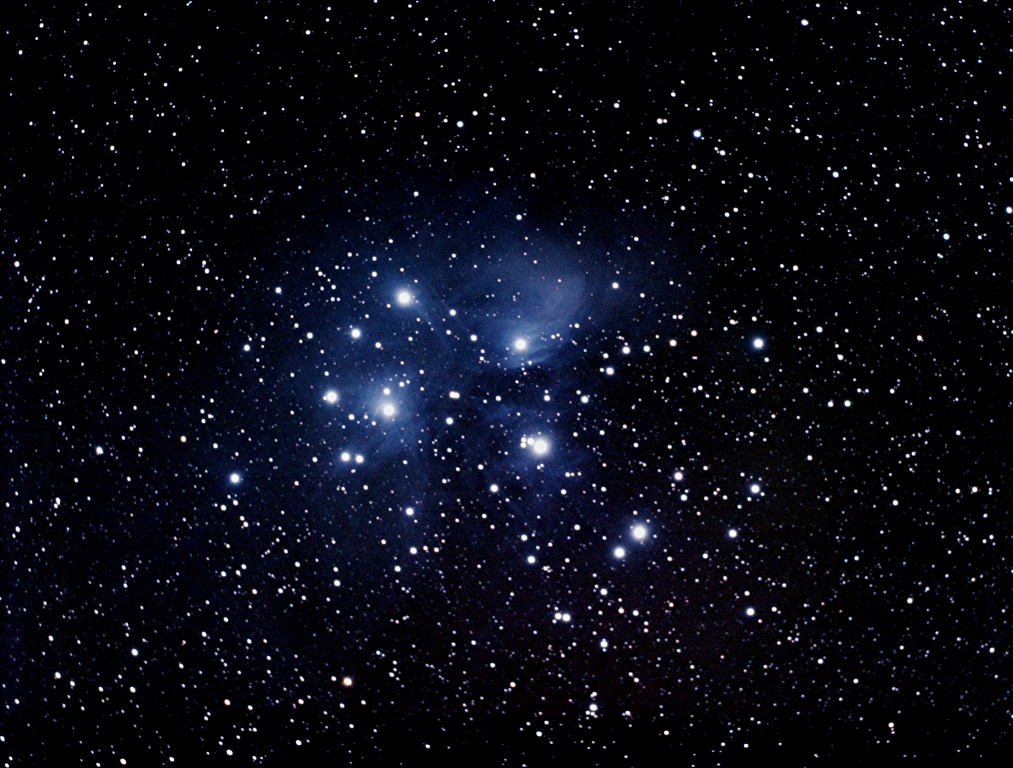
M44 the Beehive, Jupiter, and 4 moons
Mar 22, 2003 90mm Orion US Nikon CP4500 WO 24mmEP
M92 globular cluster
Aug 19, 2016 C9.25 Canon Rebel SL1 best 13 of 104, 1min ISO1600This cluster contains roughly 50,000 to 100,000 stars. These stars formed together and are gravitationally bound.
Stars orbit the center of the cluster, and the cluster orbits the center of our Galaxy.
About 160 globular clusters are known to exist in a roughly spherical halo around the galactic center.

NGC 6939 open cluster
Sept 16, 2016 AP140 f/7.5 Canon Rebel SL1 1x240sec ISO1600(Shot 1 frame as I was star hopping to another object, need to go back and do it right, and get the NGC 6946 galaxy which is just below, rigth, in same frame.)
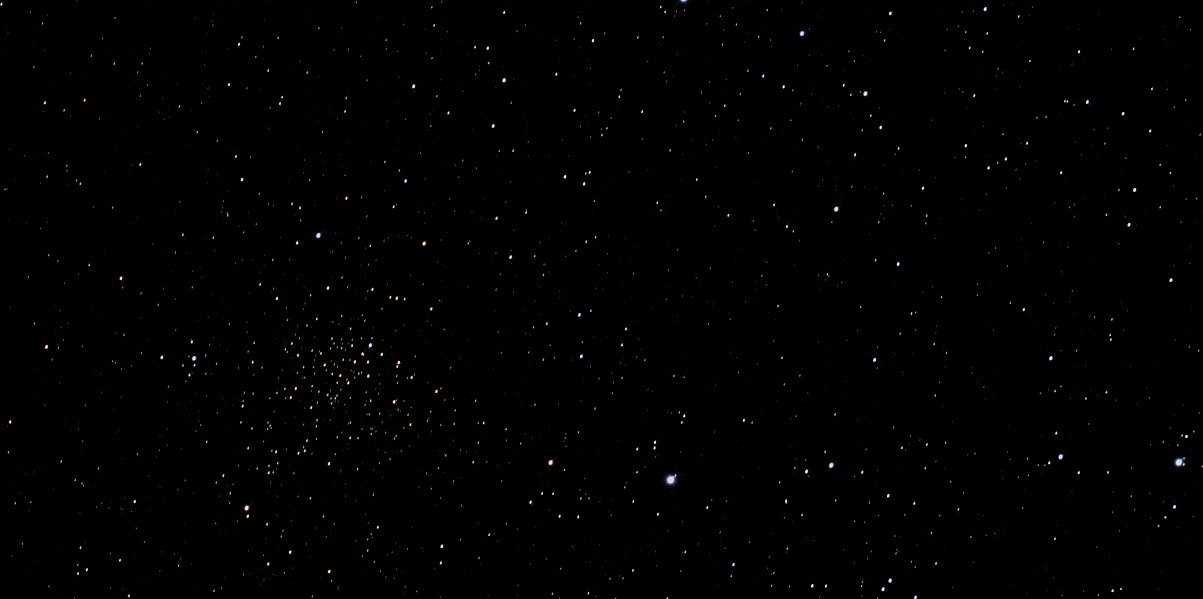
Back To Top